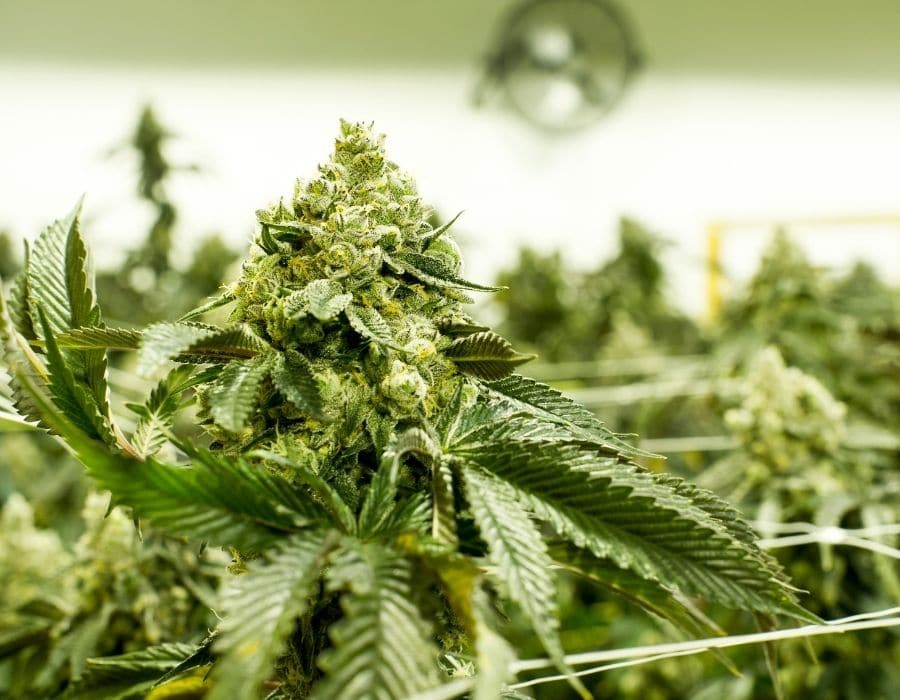Cannabis growers spend a significant amount of time, money, and energy, attempting to perfect their growing room conditions. The best cannabis growers continue to perfect the details of their rooms to get a higher volume of bigger buds with better bud density.
Accounting for critical factors, like picking quality cannabis seeds from trusted seed banks, providing enough light, sufficient nutrients, and adequate airflow, growers, can significantly increase bud density.
By making sure to prune and trim away unnecessary leaves in the vegetative stage and again in the flowering stage, cannabis growers create several trichome-rich dense buds instead of one main cola with fewer big buds overall.
With that in mind, let’s take a closer look at some of the best ways in which you can achieve a greater density of cannabis bud.
Brighter Rooms Make Bigger Buds
Fewer factors are more critical for bud density than providing enough light for each marijuana plant in the grow room. Grow lights serve many purposes and have advantages and drawbacks that all growers must consider.
Lighting arrays use HPS, CFL, and LED lighting arrays to offer plants the required light intensity lighting during both vegetative stages and flowering stages of life. Grow lights should not create heat stress in the grow room, which is why HPS and CFL lighting arrays are falling out of favour with experienced cannabis growers.
LEDs offer enough light to grow high-quality, dense buds and ample bud production. Direct light is the name of the game, and that’s why experienced growers will also prune cannabis plants. Not getting enough light to bud growth sites is a recipe for airy buds. For this reason, many growers use LST or low-stress training in a SCROG set up to ensure more light penetration.
LED offers strong enough light to produce the same high-THC, dense buds using a fraction of CFL & HPS bulbs’ power. Low power means less heat stress, more stable humidity levels, and less light intensity to burn the crown nugs of any fast-growing cannabis plants.
Grow room LEDs are programmable to mimic light changes through the seasons, which growers favour to target denser bud growth with more trichomes.
Cannabis plants in the vegetative stage aren’t growing any big buds yet, so the energy should be spent developing robust root systems and leaves, with blue and ultraviolet spectrum light.
Cannabis plants most readily absorb red light to grow during the flowering stage, so the peak range for active photosynthetic radiation happens around 700-740 nanometers, which will help cannabis growers produce dense buds.
There’s an extensive range in which the more intense light growers offer their cannabis plants, the more dense buds they’ll produce, as long as growers balance providing enough light with other growth factors.
An exception to this rule is that cannabis plants require good spacing to have both adequate distance from the grow lights, as well as proper spacing between the other plants to allow for optimum airflow.
